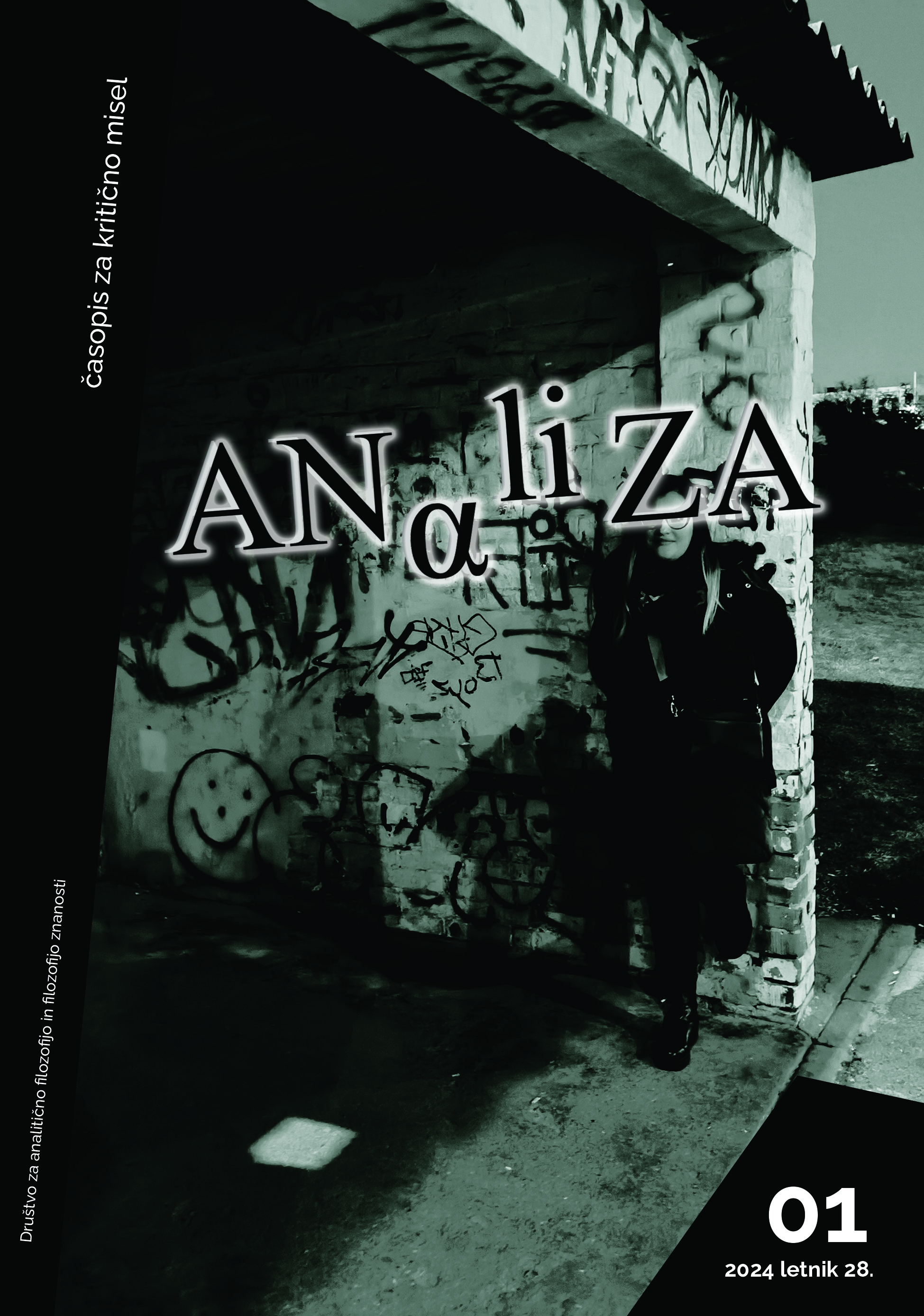The Ontology of Dance Through the Lens of Plato’s Theory of Forms and Plato’s Evaluation of Dance
Keywords:
art, dance, ballet, Plato, ontology, Theory of FormsAbstract
In this article we discuss the ontology of dance from the perspectives of Plato and contemporary authors. We begin by presenting various philosophical aspects of the concept of dance. This is followed by an analysis of the ontology of dance, where we draw on the thinking of the contemporary authors Osintseva and Pakes. The latter focuses (among other things) on the parallels between Platonism and the ontology of dance. In the following, we examine relevant Platonic ontology or Theory of Forms, which posits the existence of a suprasensible realm. The article addresses the issue of Plato's critique of art in The Republic, where he advocates for the exclusion of artists from the ideal state. Plato perceived art as imitation, which he argued had a negative influence on the population. These views seem inconsistent with his positive attitude towards art in elementary education. In ancient Greece, a person skilled in dance was considered educated. Plato incorporated the concept of harmony into his philosophy of music, a quality still regarded as one of the highest virtues in music and dance today. In conclusion, we compare ballet with Plato's Theory of Forms, revealing their similarities.
